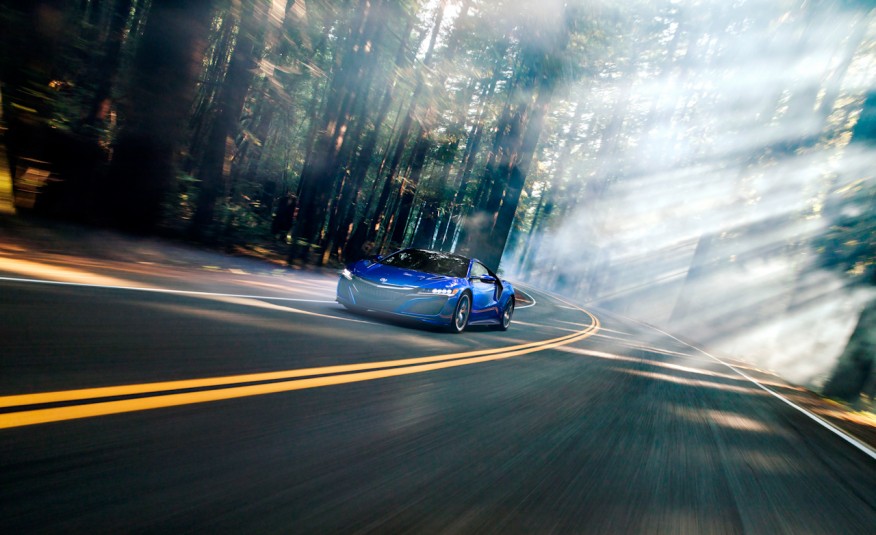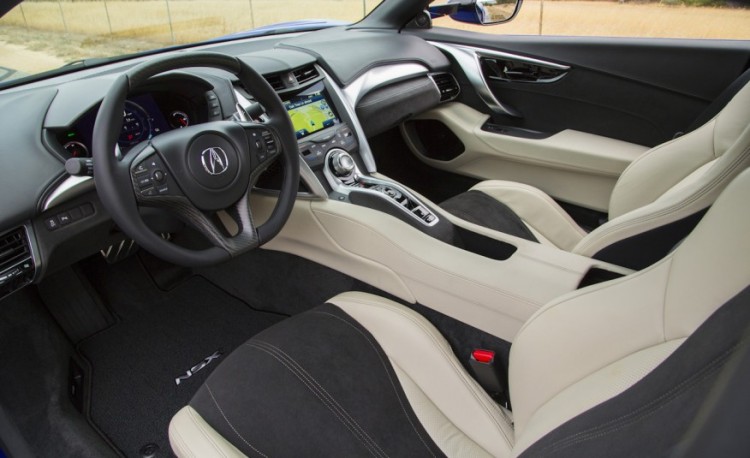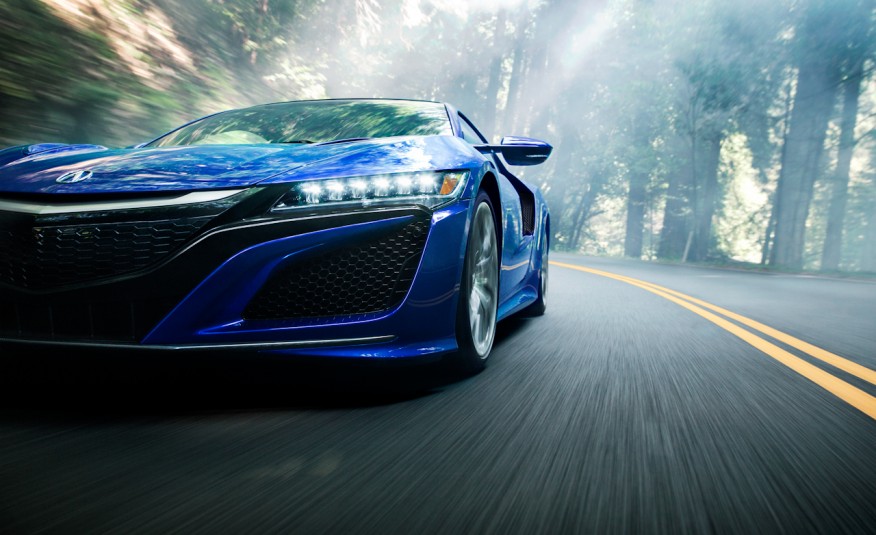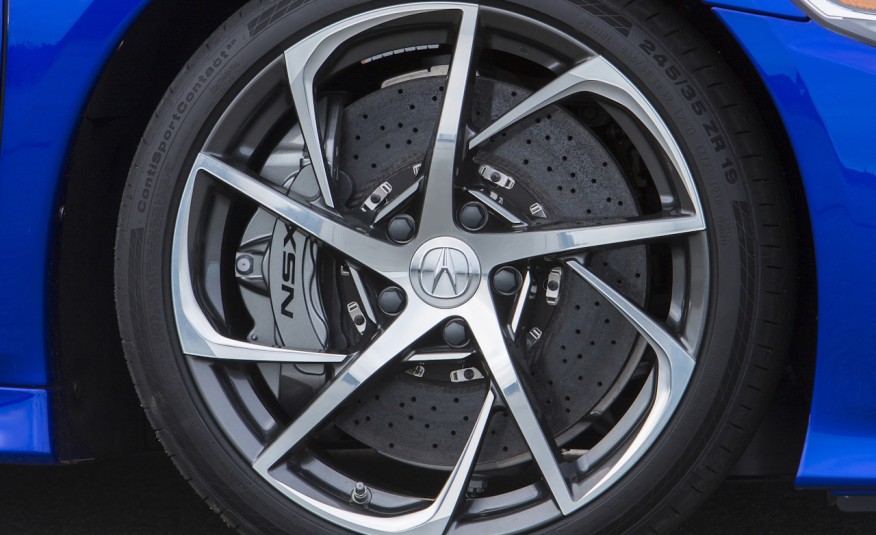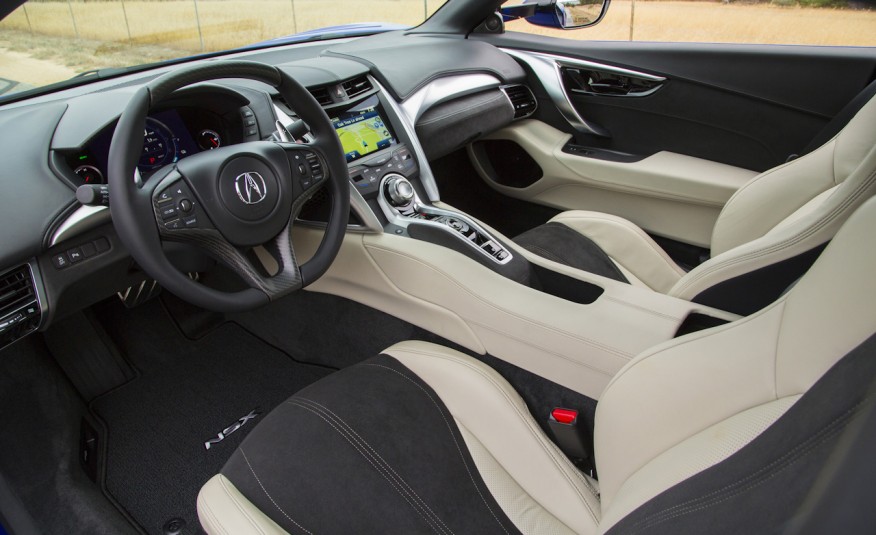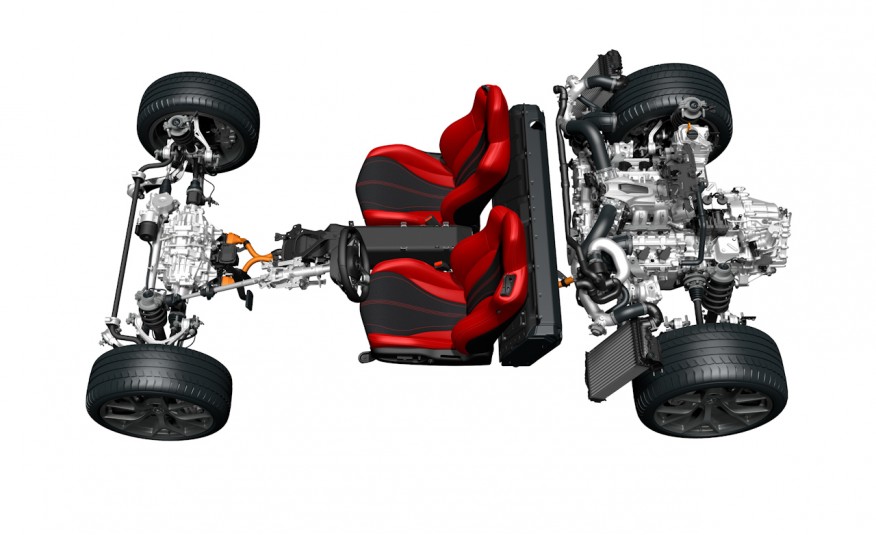Most car enthusiasts fear an electrified or hybridized future. Most of us will not let internal combustion go gently into the night and will fight the electric car off, with piston in hand, until it’s no longer possible. However, some of the more enlightened enthusiasts will know and understand that the fun won’t stop once the petrol runs out.
Car companies like BMW, Porsche, Ferrari and McLaren have all proven this fact. The McLaren P1 and Ferrari LaFerrari are absolute monster hypercars that use hybrid technology to improve the supercar of today. The Porsche 918 and BMW i8 prove that supercars of the future will still be fun and exciting for decades to come.
The BMW i8, however, is alone in the goal of assuring fans of future supercars that the fun will also be affordable. While the Porsche, McLaren and Ferrari all sport seven-figure price tags, the BMW i8 starts at $136,000. That isn’t cheap, but it’s the only car of its kind under $200,000. Until now, that is.
Honda was once held in the same respect, in terms of performance and motorsport pedigree, as all of the aforementioned brands. Honda made engines for McLaren for Formula 1 and powered the cars of the legendary Ayrton Senna. Honda then showed the world that it could make performance cars for the road, too, with the NSX. When the original Honda NSX (badged an Acura in the North American market) debuted, it sent Ferrari and Porsche scrambling back to the drawing board to figure out how little ole Honda was able to make a better driving car than them. The NSX was a revelation, a statement from Honda that it deserved to be mentioned in the same breathe as the best from Maranello and Stuttgart.
Snobs shunned the idea of such a supercar. Having a Japanese car company known for cheap, reliable transportation taking on Ferrari was a ludicrous idea. However, true enthusiasts loved the NSX, as it simply was that great to drive and was a sort of blue-collar supercar. It became an icon. Even Ayrton Senna himself had one. However, like Senna, it left us too soon. It was expensive to make and Honda didn’t sell enough of them. But we all knew what Honda was capable of after that and we wanted more. It turns out that Honda has been planning an NSX successor for some time but couldn’t get the formula right. However, it seems that Honda has figured out exactly the right formula and the NSX is back and it has its eyes set squarely at Ferrari, Porsche, McLaren and even BMW.
First, we must start with the chassis. Unlike BMW’s entire carbon fiber approach, Acura has instead gone with a more conventional setup of aluminum, high-strength steel and some carbon fiber. It’s still very high-tech and very light, but not as much so as the i8. The result is that the NSX isn’t as light as the BMW i8, weighing in at 3,803 lbs, weighing about 300 lbs more. However, it does create quite a bit more power.
Using a similar formula to the BMW i8, the new Acura NSX will use a mid-mounted twin-turbocharged V6 engine engine, combined with an electric motor, to power the rear wheels through a nine-speed dual-clutch transmission. The front wheels will be powered by two electric motors, one for each wheel, as opposed to the BMW i8’s one motor. Combined, the Acura NSX puts out a total of 573 hp and 476 lb-ft of torque, which is up there with the Ferrari 458 Italia and Audi R8 V10, two cars that Acura set its sights on during development. Honda won’t give out 0-60 mph numbers, but it is expected to achieve 60 mph in the low three second range and probably besting the BMW i8.
The BMW i8 isn’t meant to be a Ferrari-beater, though, so the two cars’ goals aren’t exactly in line. However, the similarities are obvious. Both use hybrid technology to achieve excellent performance and great fuel economy while costing significantly less than the competition. They’re also meant to be used everyday and aren’t compromised in day-to-day traffic like most supercars. They’re both very livable. The NSX should get in the mid-to-high 20 mpg and should average around 20 on the nose. It also will cost around $150,000, so it’s relatively affordable for the kind of car that it is. The BMW i8 has the NSX beat in terms of both fuel economy and price and gets close to matching its performance.
Though, I doubt both cars are cross-shopped by customers, it’s hard to not see the similarities. Both are excellent vehicles and deserve to be praised for their achievements. I think the BMW i8 is still the better value, as it’s almost $20,000 less to start and gets better fuel economy while delivering similar performance and has much more interesting looks. I actually think the BMW turbo-three sounds better, regardless of how much of it is fake. But the NSX will performance better and probably be the more organic feeling of the two, as the i8 tends to feel a bit futuristic. The NSX is the proper sports car of the two but the i8 is still the better car for the future.


